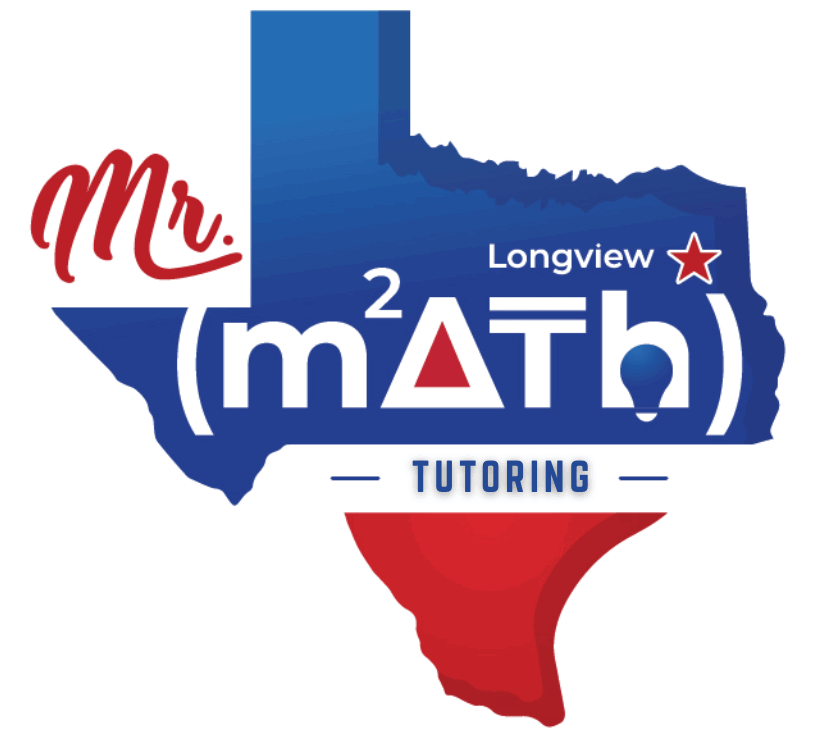Currently Empty: $0.00
Course Content
Topic 1: Arithmetic Reasoning
-
1.1 Order of Operations (PEMDAS)
-
1.2 Converting Fractions to Decimals
-
1.3 Converting Decimals to Percentages
-
1.4 Converting Percentages to Fractions
-
1.5 Integer Addition & Subtraction
-
1.6 Integer Multiplication & Division
-
1.7 Rational-Number Operations (non-integer fractions)
-
1.8 Ratio Concepts and Applications
-
1.9 Proportion Word Problems
-
1.10 Percent Problems: Discounts
-
1.11 Percent Problems: Markups and Tax
-
1.12 Time-Distance-Rate Fundamentals (d = r × t)
-
1.13 Solving Time-Distance-Rate Word Problems




